With thanks to our resident gardener Stephen Lee
Daffodil
After the long winter gloom, the sun becomes stronger and we start to feel the warmth on our skin. At the road entrances to villages, towns, cities and in our municipal parks sunshine yellow flowers marks the end of winter and lifts our spirits in March as the Daffodils start to bloom.
March is predominantly when our large Daffodils start flowering, their large golden heads following the sun as it tracks across the sky from dawn till dusk. Many are yellow bit quite a lot are bicolored so that they are yellows, whites and oranges. In single, semi and double flowers. The double and multiheaded Daffodils usually flower later and are often scented.
These hardy bulbous perennials multiply reasonably quickly and make them ideal for naturalizing. Daffodils are also native to the UK. Narcissus Pseudonarcissus can be purchased for naturalizing in our gardens. If you would like to see native daffodils flowering in the wild then near where I live is a place called Edford Woods and Meadows near Holcombe where they can be viewed.
People ask what the difference is between Daffodils and Narcissus. Its truly easy Daffodil is the common name in this country for Narcissus, which is the Latin name.
These bulbous plants are bought in the autumn and planted at least 3 inches down with the smaller bulbs and as much as 10 inches down in the soil with larger bulbs. As a rule of thumb after the first 3 inches plant daffodil bulbs 2x the height of the bulb. Plant between October and November when the ground is not frozen. Flowering pots of daffodils can be bought in the spring. Allow these after flowering to die down in the pot and them plant out in the garden. When planting Daffodils place them in a full or part sun position.
Plant Daffodils up to 3 inches apart after digging a hole large enough to take the bulbs you have bought. Sprinkle some potash in the base of the hole and then place your bulbs on top and fill the hole in. if you are unsure where to plant your bulbs in the garden, then
Once you Daffodils have flowered, remove any seed pods and allow the foliage to die down for at least 6 weeks. You can also apply a general fertilizer (growmore) or a high potassium based liquid feed like tomato food to help boost the bulbs for next year.
The number of Daffodils that are available on the market is quite mindboggling. Daffodils are split into 15 different sections and it’s for you to choose the varieties that you wish for your garden. They can start flowering in early February with varieties like February gold. Then move in to March with a whole array like Carlton (yellow) Ice follies (white and lemon) King Alfred (yellow) Fortune (yellow and orange) Jet fire (yellow and orange) Dutch Master and as we creep into April then the doubles start flowering like Tahiti (yellow and orange) White lion (white and lemon) Winston Churchill (cream and lemon) Cheerfulness (primrose).
From a preference point of view, I do like yellow Daffodils but I prefer the bi-colour, semi, double and multiheaded Daffodils and for the only reason is that I think you are getting more for the money you spent out to start with.
If you find like me you can’t wait for Daffodils to flower then you could always try growing some Paperwhites that flower for Christmas, or buying bunches of daffodils from the shops that come from the Isles of Scilly and then from Cornwall.
Below is a gallery of pictures relating to February
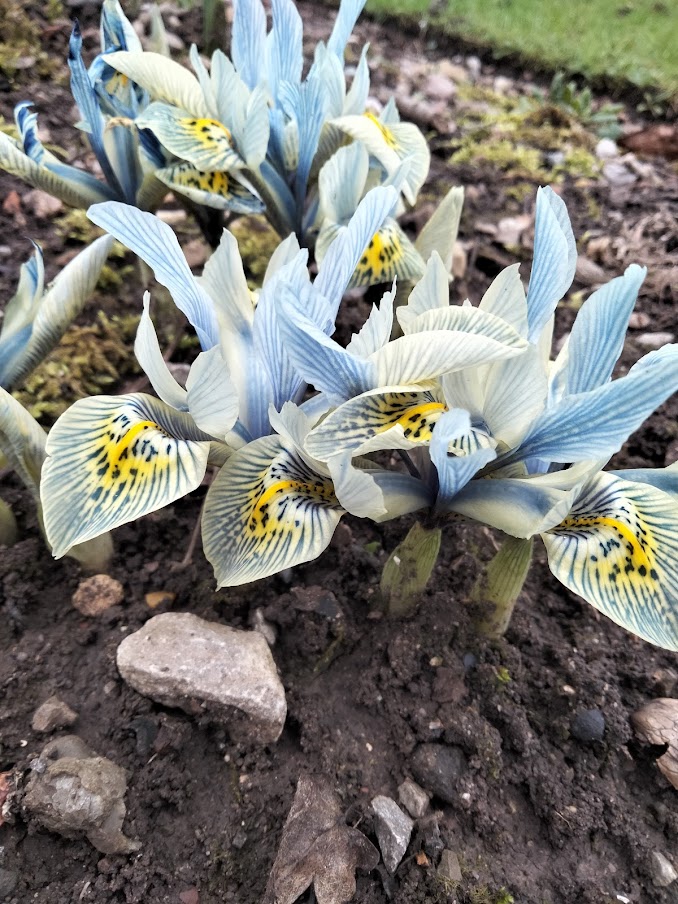
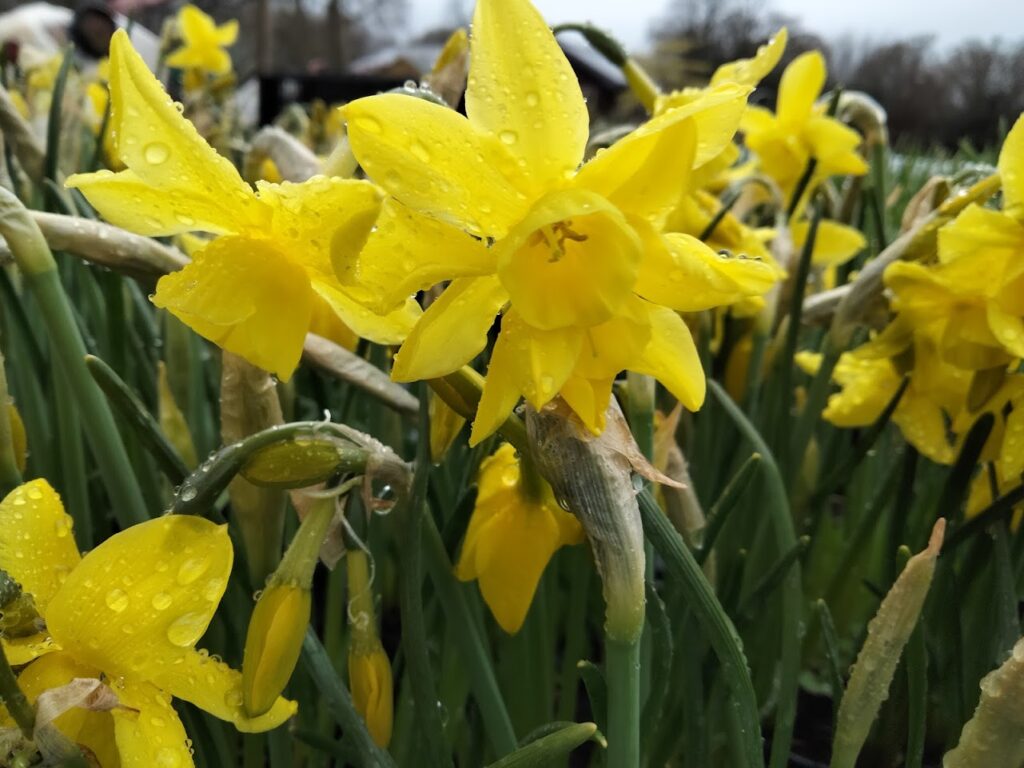
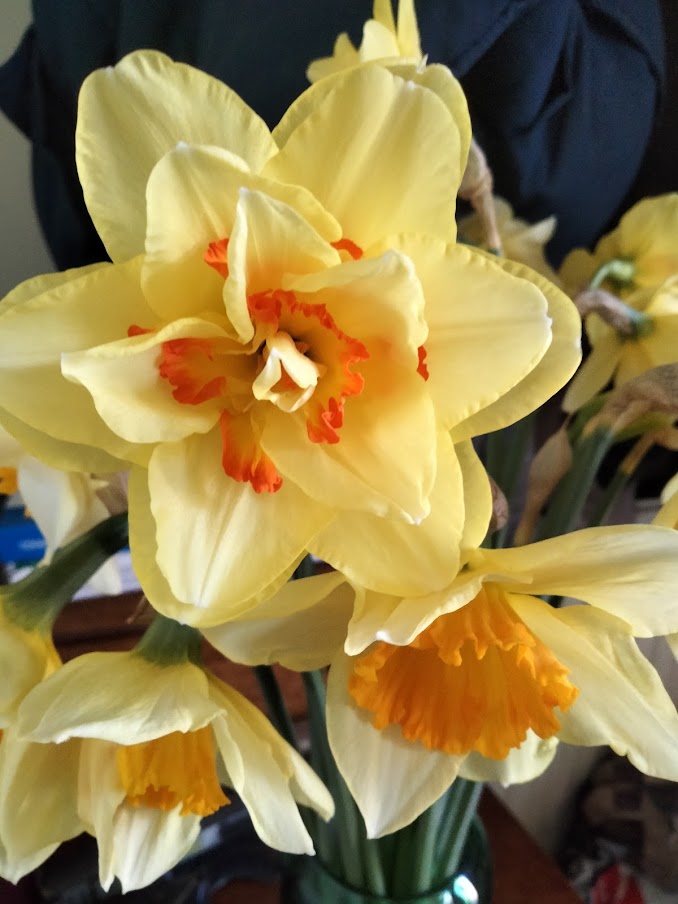
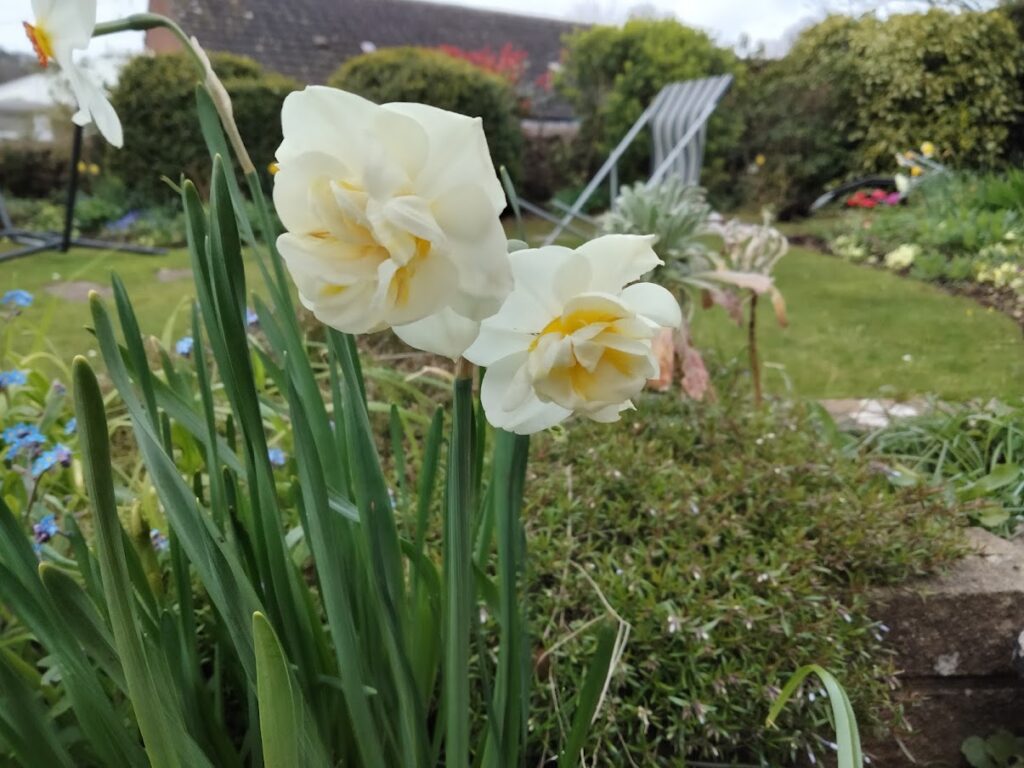
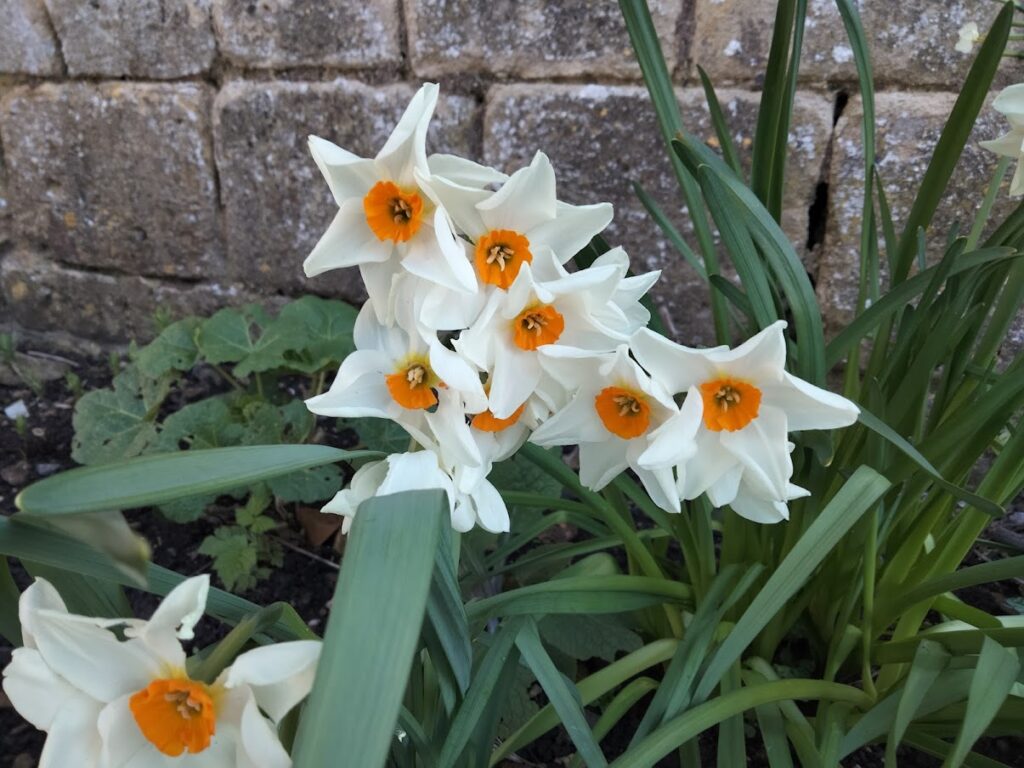
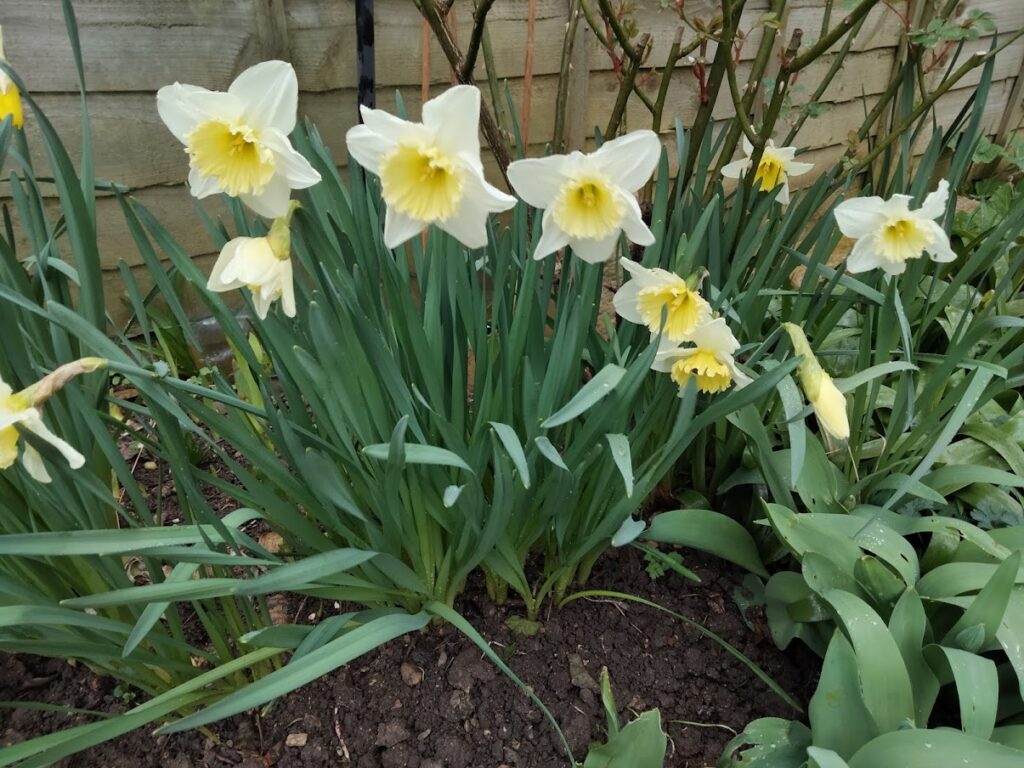
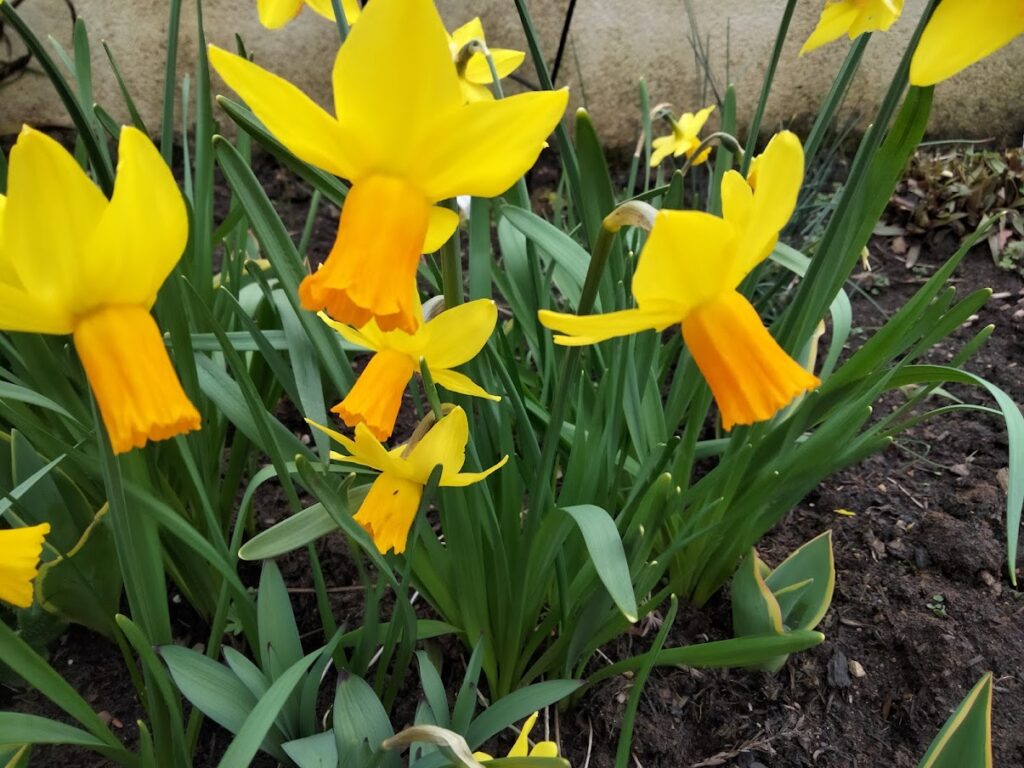
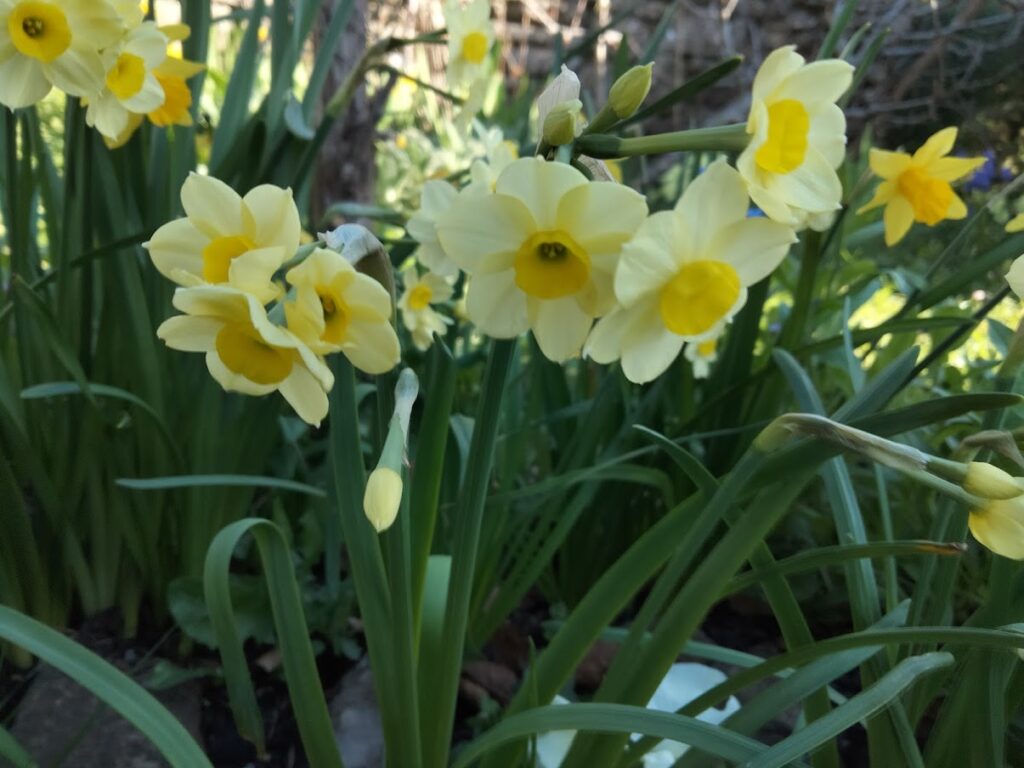
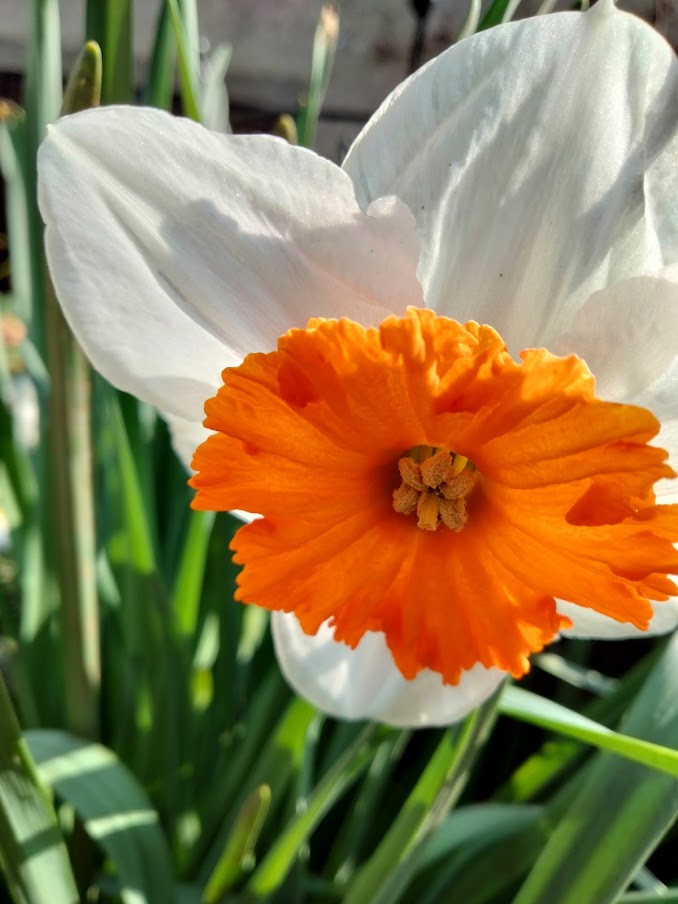
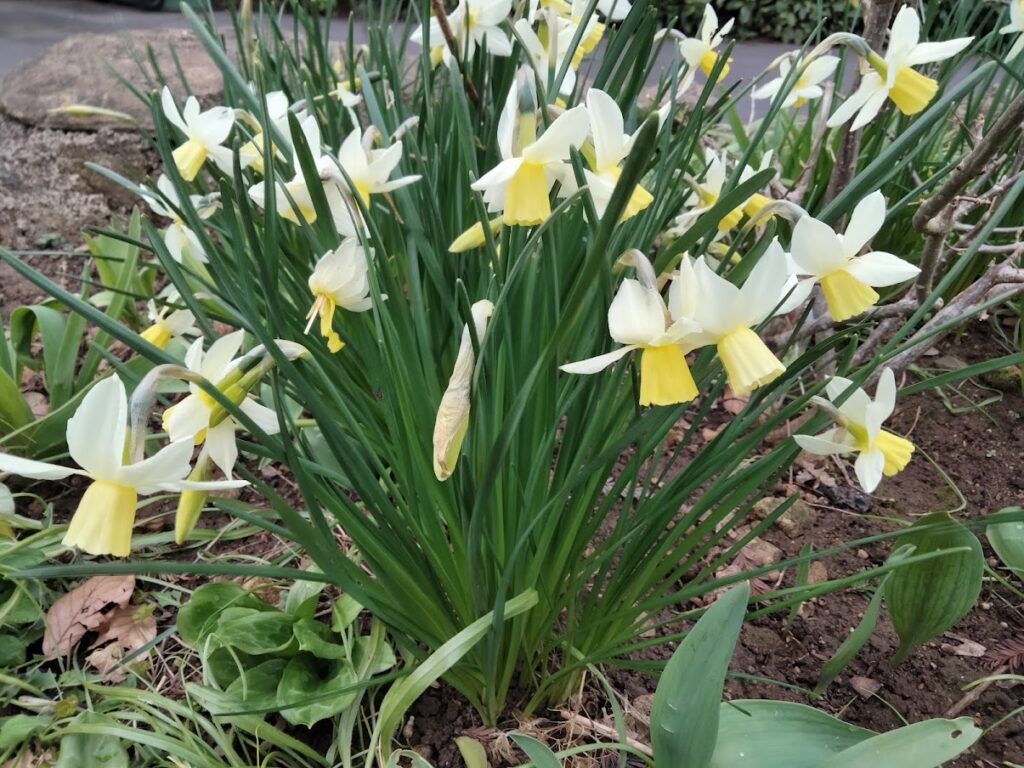
For more info please visit: